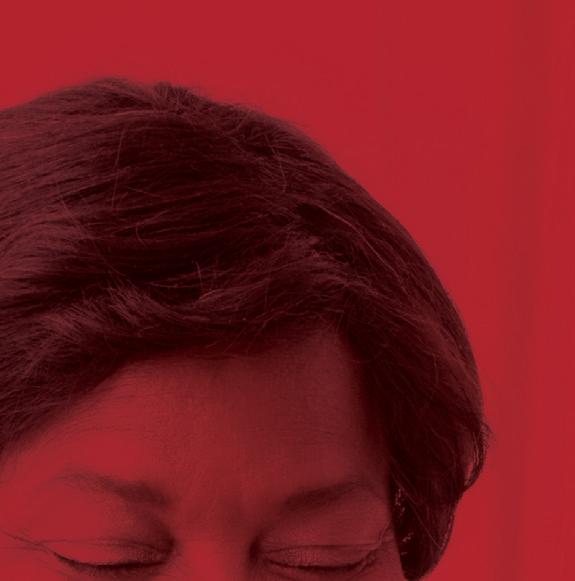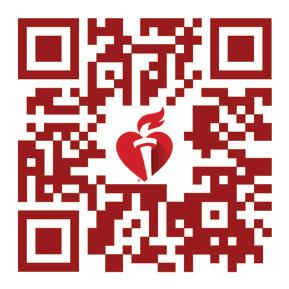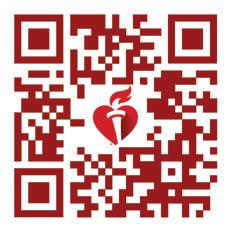

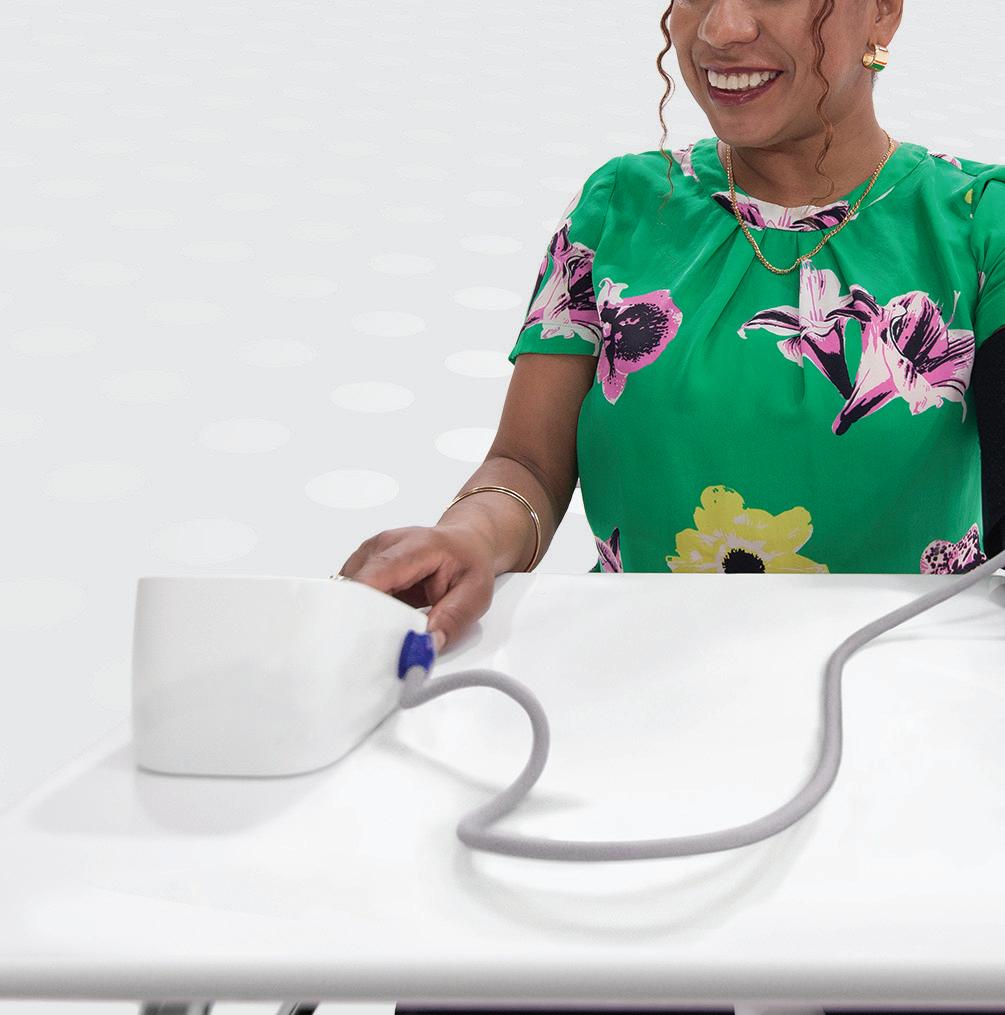
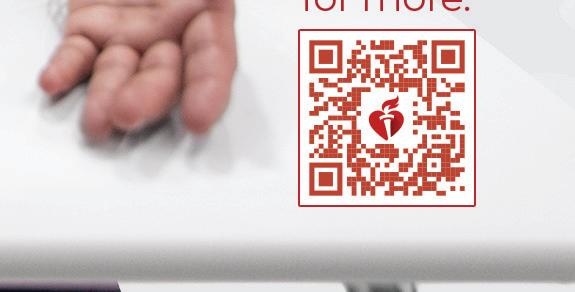
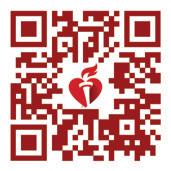










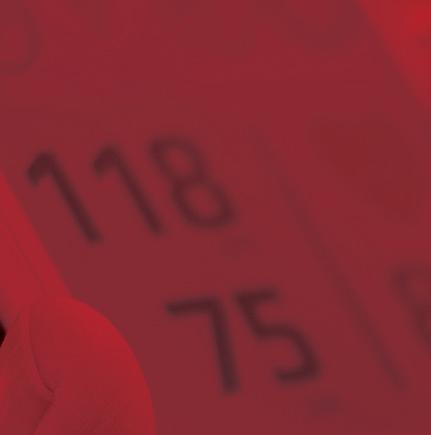



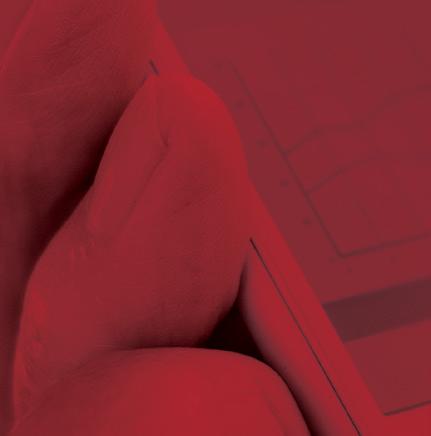
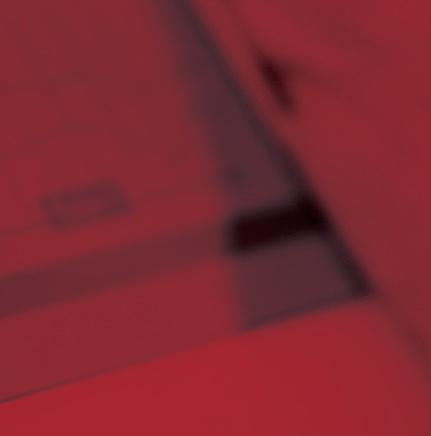





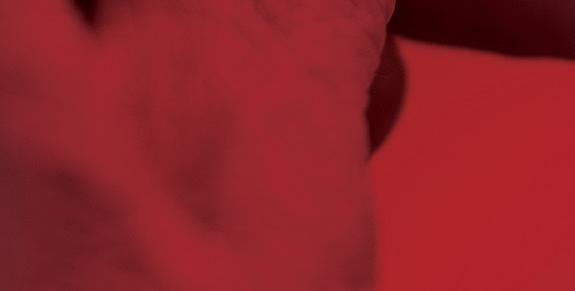







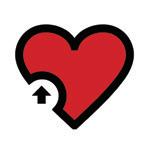




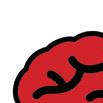
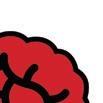
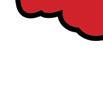
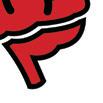
BLOOD PRESSURE CATEGORIES
HIGH BLOOD PRESSURE (HYPERTENSION) STAGE 2
HYPERTENSIVE CRISIS (consult your doctor immediately)
Normal blood pressure is below 120/80 mm Hg. If you’re an adult and your systolic pressure is 120 to 129, and your diastolic pressure is less than 80, you have elevated blood pressure. High blood pressure is a systolic pressure of 130 or higher, or a diastolic pressure of 80 or higher, that stays high over time.
High blood pressure usually has no signs or symptoms. That’s why it’s so dangerous and called “the silent killer.” But the good news is that it can be managed.



















WHAT CAN I DO ABOUT HIGH BLOOD PRESSURE?
• Don’t smoke and avoid secondhand smoke.
• Reach and maintain a healthy weight.
• Eat a healthy diet that is low in saturated and trans fats and rich in fruits, vegetables, whole grains and low-fat dairy products.
• Aim to consume less than 1,500 mg/day of sodium (salt). Even reducing your daily intake by 1,000 mg can help. Select condiments with care and always look for the “no salt added” label.
• Eat foods rich in potassium. Most women should get 2,600 milligrams of potassium a day and men 3,400 milligrams a day*, but most of us fall short.
*Before changing your potassium intake, first discuss it with your health care professional

• Limit alcohol to no more than one drink per day if you’re a woman or two drinks a day if you’re a man.
• Be more physically active. Aim for 150 minutes of moderateintensity physical activity or at least 75 minutes of vigorous physical activity per week, or a combination of both, spread throughout the week. This averages 21 minutes per day. Add muscle-strenghtening activity at least two days per week for more health benefits.

• Follow your heath care professional’s medication guidance.
• Know your blood pressure goal and work with your health care team to keep your blood pressure at your goal.
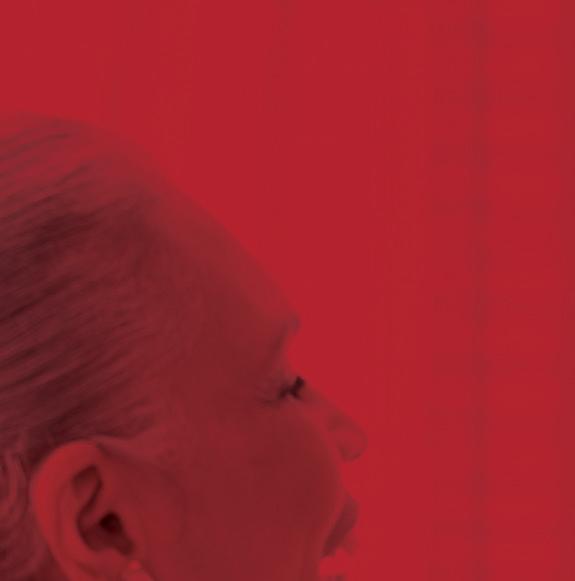


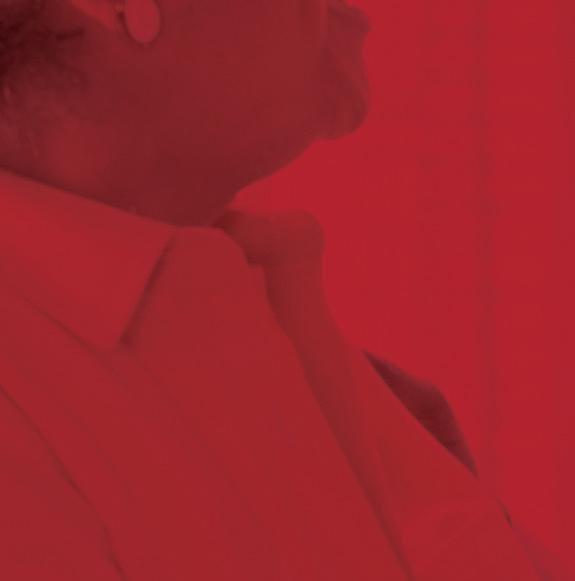
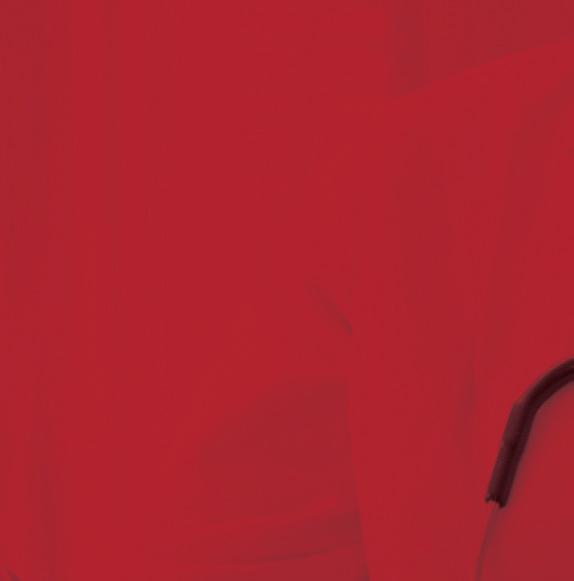
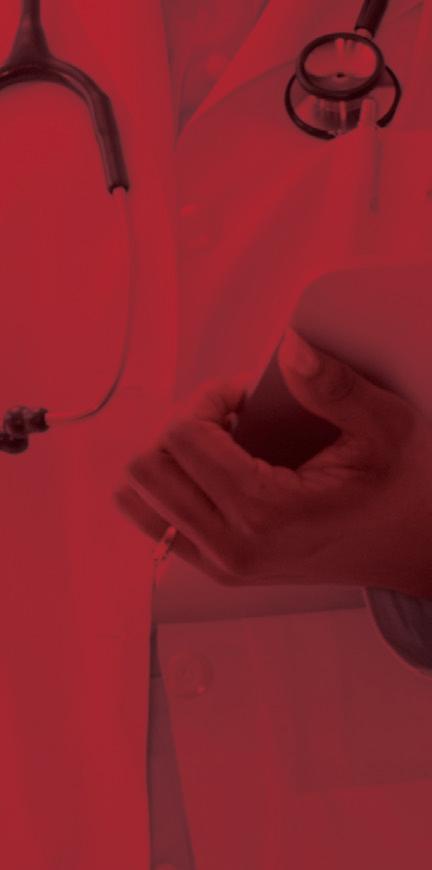

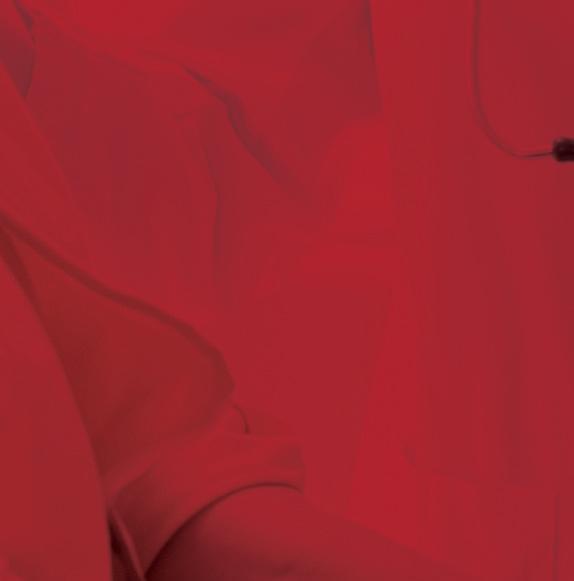


CHECK ALL THAT APPLY TO PREPARE FOR YOUR HEALTH CARE VISIT.
GETTING READY
How often do you check your blood pressure?
Every day.
About once a week.
About once a month.
Never.
If you measure your blood pressure, do you keep a log?
Yes. No.
Are you taking your medications as prescribed?
Yes. Usually. Sometimes.
No.
OVERCOMING CHALLENGES
To get less salt in my diet, I’d like to (choose all that apply):
Buy low sodium foods.
Taste before adding salt.
Use salt-free spices/herbs.
Check labels for sodium.
Cook at home more often.
It’s hard for me to manage my blood pressure because (choose all that apply):
I don’t like the way the medication makes me feel.
I’m having trouble getting my medication.
I’m having trouble changing my diet.
I can’t easily exercise.
It’s expensive.
I’m stressed/ I don’t feel well.
I forget what I need to do.
During my appointment, I’d like to discuss (choose all that apply):
My medications.
Checking my blood pressure at home.
Reducing salt in my diet.
Getting more exercise.
Managing my weight.
Quitting smoking.


